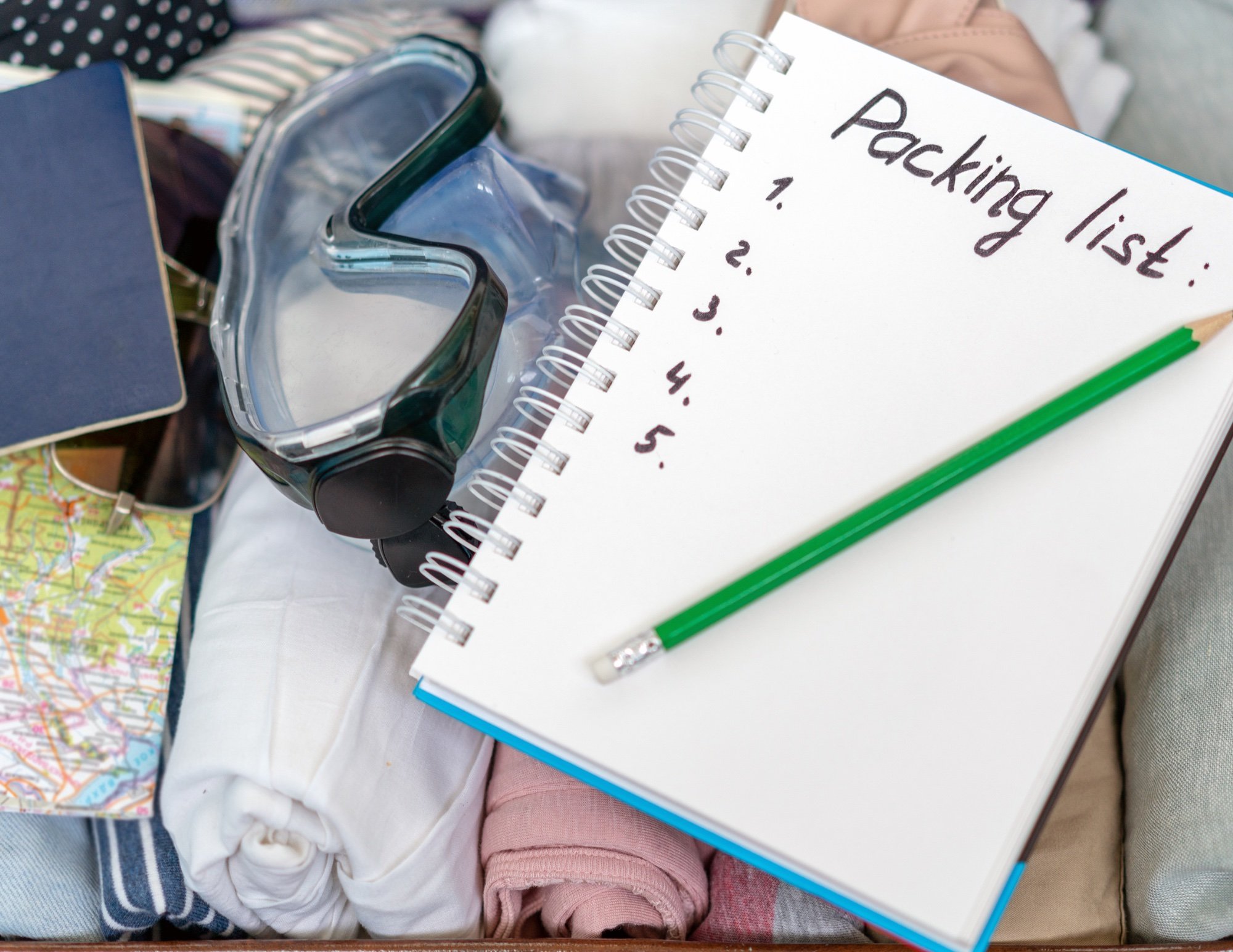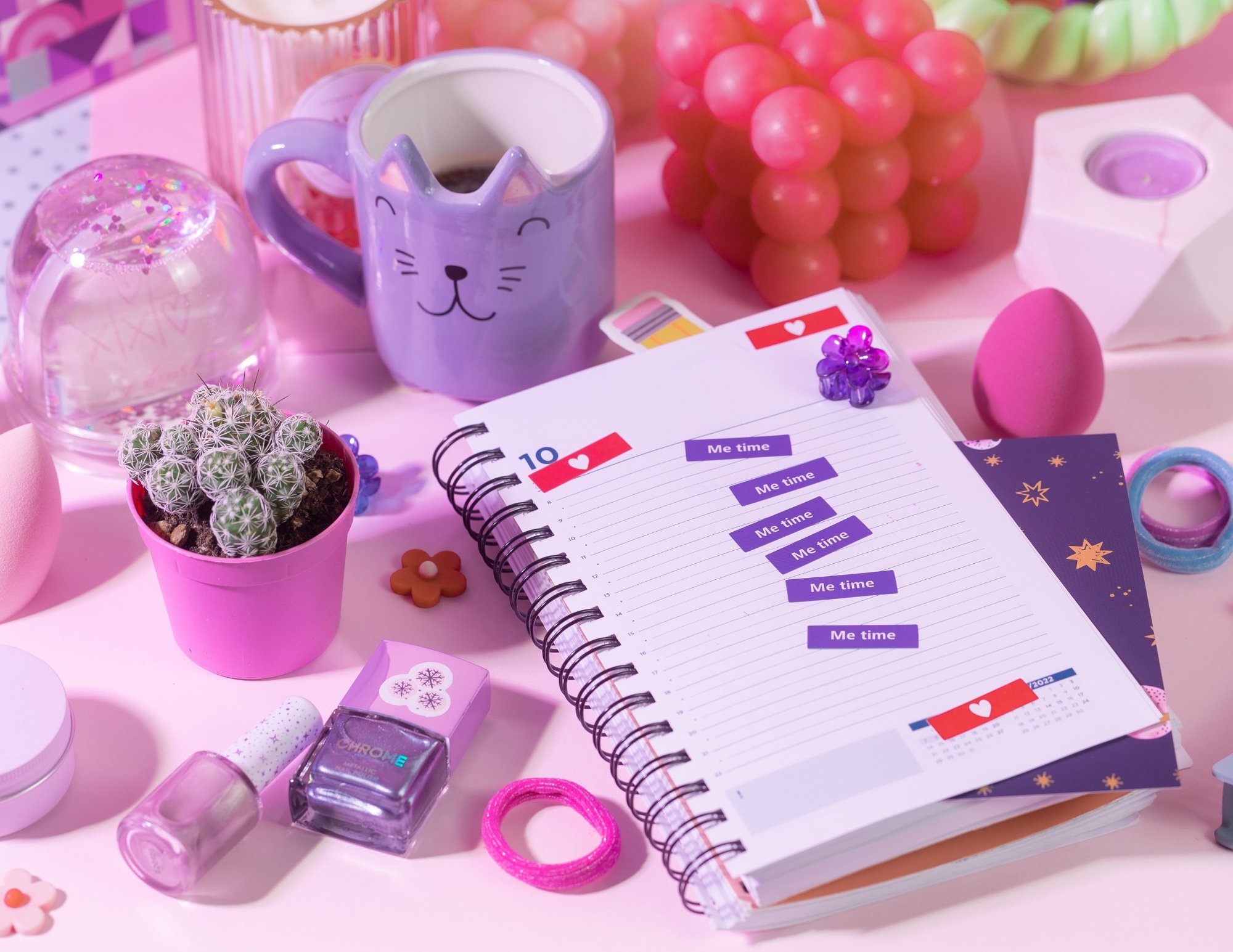As many schools approach spring break, students will have time to pause from their busy academic, personal, and extracurricular lives. This is a great opportunity to reset, plan for the upcoming weeks, and reorganize. Spring break can also serve as a meaningful time to reflect, set positive intentions, and find balance. However, reflective thinking shouldn't only happen during long school breaks. In fact, daily reflection can help children find moments of pause in their routines and strengthen executive function skills like self-control and response inhibition.
What is Response Inhibition?
Have you ever blurted out an answer or interrupted someone mid-sentence? You can thank your response inhibition for that. Response inhibition is the ability to control behaviors or responses to a task. Similar to a cause-and-effect relationship, it helps individuals react appropriately to different situations, stay focused, and resist impulsive behaviors. For some children, these skills develop naturally as they learn school rules and routines. However, others may benefit from intentional practice to strengthen these abilities.
Playing Games
Games that require critical thinking, such as chess, encourage children to take their time when making decisions rather than choosing the first move that comes to mind. Multiplayer games that involve turn-taking can also enhance response inhibition. Activities like Simon Says, Red Light/Green Light, Freeze Dance, board games, and card games all support the development of this skill.
Charts and Reminders
Visual cues can help children remember to think before responding until they develop this habit independently. These cues should be tailored to your child’s needs. For example, a solutions wheel can assist with problem-solving, while a THINK poster can encourage appropriate responses.
Avoiding Distracting Areas
Keeping workspaces clean and organized can limit distractions and help children stay focused on their tasks. A clutter-free environment also promotes a healthy homework routine, maximizing their attention and productivity.
Timers and Counters
Timers are useful for encouraging task inhibition, practicing skills within a set period, and minimizing distractions. Additionally, timers can help students regulate response inhibition by setting limits on off-topic discussions. Counters, or designated objects, can be used to regulate behaviors. For example, a child may receive three counters during a discussion, turning one over each time they speak. This method can help with turn-taking, staying in designated areas, and minimizing off-topic storytelling.
Positive Reinforcement
When a child independently controls their response, positive reinforcement encourages them to repeat that behavior. Recognizing their progress helps them reflect on their actions and continue improving.
Wait Time and Wait Periods
Providing wait time allows students to consider multiple responses rather than the first idea that comes to mind, which is especially beneficial for writing and speaking activities. It also strengthens listening skills by encouraging students to fully process what was asked. Wait periods—longer increments of time—can help children make thoughtful decisions, such as choosing a new hobby or extracurricular activity. These pauses can prevent impulsive commitments.
Social Scenarios
Practicing social scenarios allows children to reflect on behaviors, navigate social situations, and differentiate between appropriate and inappropriate responses. These exercises encourage them to think of alternative solutions and positively impact their social and emotional learning.
Conclusion
Response inhibition can be a challenging skill to develop without the right strategies to guide impulsive thoughts and behaviors. By incorporating these techniques at home, children will become better equipped to regulate their responses independently. Encouraging them to find moments of pause in their daily lives will make breaks even more enjoyable, with less to reorganize and catch up on!
Written by Ami Z.











